Abilities Explained
HUMMEL QUEST differentiates between abilities and attributes. Abilities can be actively chosen and improved, while attributes are the result of the abilities.
Speed (Mob + Str) /2 *10 This attribute indicates how fast your tank can move from one place to another. A tank’s speed is expressed in kilometres per hour during cross-country driving, and metres per round during combat. To determine the Speed score of metres per round and kilometres per hour, add your Mobility score to your Strength score and divide the result by 2 (round down), then multiply by 10.

Abilities
Every tank has a set of abilities that defines its skills and behaviours. These abilities are divided into the three categories Intelligence, Chassis, and Crux. Each category has a certain set of ability scores, which are indicated by their names and a number. Generally, the value of the ability score determines the number of dice you can use in your dice pool. In certain situations, the ability score is used like a TN. The initial score of each ability that you assign when creating a tank character cannot exceed 5, but effects of abilities, class bonuses, or Features can increase it beyond that.
Intelligence
Reality Comprehension (RealityCom)… defines how well a tank understands cause and effect in the physical world, and how adaptive it is. This ability can be used to calculate the trajectory of objects, or understand a language, for example – in essence, the comprehension of complex concepts, and awareness of one’s surroundings. Insight (Ins) … defines how well the tank can empathise with others and how receptive it is towards motives (hidden or not) and expectations. It is also an indicator of wisdom. A highly insightful tank may be able to sense an ally’s secret grudge, or know which positions to take in a battle, or which parts of a wreck can still be salvaged. Mentality (Ment) … defines how steadfast a tank is. A tank with a high Mentality score is not easily intimidated and can also motivate others well. This ability symbolizes the experience and moral of the character, as well as its ability to talk smoothly. Mechanical Control (MechaniCon) … defines the tank’s command of technical matters. Tanks with a high score in this ability are tech-savvy and easily understand complex machinery. They are better at repairing damage or modifying frames. They can comprehend complicated manuals and know how to use tools effectively.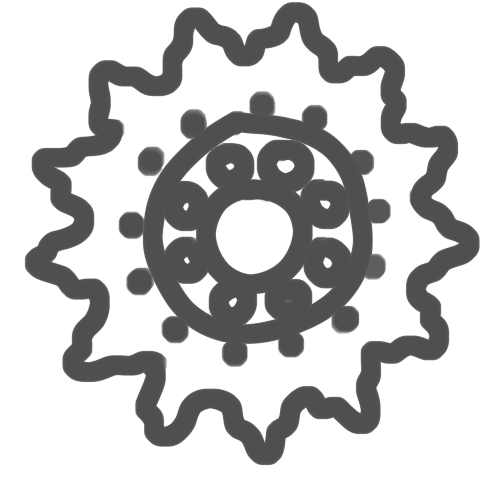
Chassis
Dexterity (Dex) … defines the degree of fine motor control that a tank needs to interact with the world around it. Fiddly actions or handling fragile objects require decent dexterity to prevent breaking or otherwise messing up things. Mobility (Mob) … defines how well a tank can navigate terrain. Tanks with low mobility are sluggish and have trouble scaling difficult terrain, such as climbing over obstacles or moving across loose ground. High mobility also helps with evading collisions. A tank with a Mobility score of 0 cannot move at all. Perception (Perc) … defines the quality of the mounted sensors – determining the ability to see, hear, or otherwise notice what is going on around the tank. A highly perceptive tank has an easier time finding hidden objects or noticing ambushes. Tanks with a low Perception score are rather oblivious. A tank with a Perception score of 0 is unable to use any of its senses. Reflexes (Ref) … defines how quickly a tank can react to a change in circumstances. In conflict situations, the Reflexes score determines the initiative with which a tank acts. Strength (Str) … defines the maximum load capacity and the ability to inflict brute-force damage to other objects. It is also needed to pull, push, or otherwise move objects and vehicles. A strong engine helps a tank move faster, together with the Mobility resulting in its maximum Speed. A tank with a Strength score of 0 cannot move at all.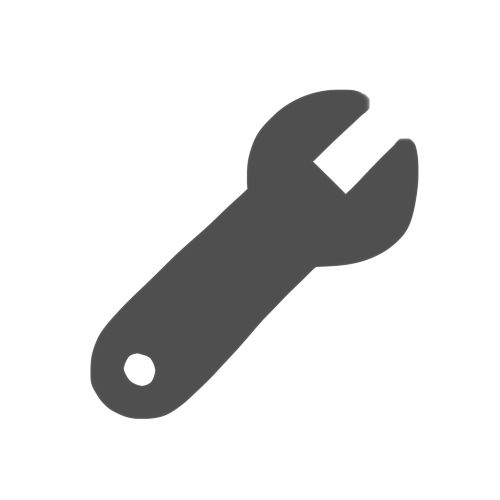
Crux
Durability (Dur) … defines how sturdy the armour of a tank is, and its quality/condition. A high Durability score means that it’s very difficult for an attacker to get through the tank’s armour, while a low score means that the tank is very fragile and easily damaged. Buffer (Buf) … defines how well a tank’s core can withstand stress. Too much sensory information, a lot of things going on at once, busy environments, or conflicting orders can put a lot of stress on the core and overwhelm a tank. A tank with a low Buffer score is easily distracted and/or quick to lose its cool. Size (Size) … defines how big the frame of a tank is. The bigger the tank, the easier it is to hit, and the more sluggish it is, but it is also able to take harder hits. Size also helps with moving objects and collisions. A tank with a Size score of 6 increases its Durability score by 1, and reduces its Mobility score by 1. The Mobility can’t be reduced below 1 by this. For each 2 points above 6, the Durability score increases by 1, and the Mobility is reduced by 1. The Mobility can’t be reduced below 1 by this. For example, a Size score of 7 or 9 would not change any ability scores, but 8 or 10 would have this effect. Fuel Capacity (Fuel) … defines how long a tank can survive without refuelling. A tank with an average Fuel Capacity score can go a day or two without refuelling if it doesn’t exert itself. Higher scores mean that the tank can last longer.FIELD MANUAL
As time passes, your tank will slowly run out of fuel. This is indicated by checks and your Fuel Capacity score decreasing. To restore your tank’s Fuel Capacity score, you have to refuel. For more information about the process, see Refuelling.
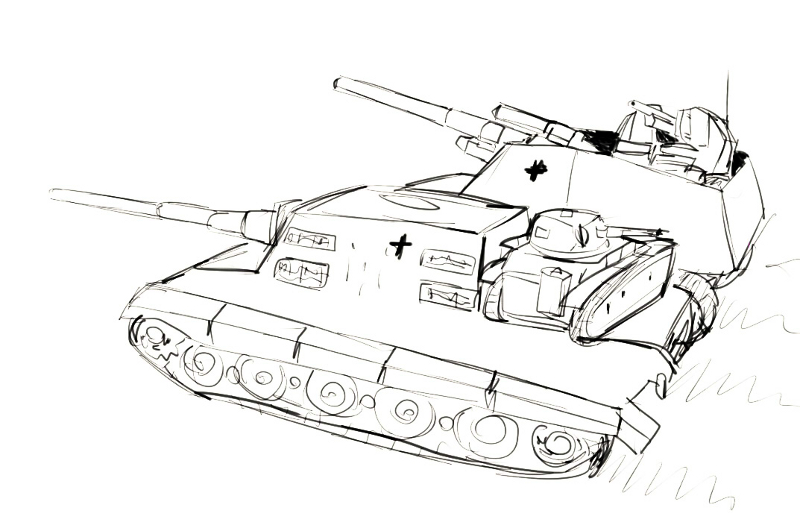
Attributes
Attributes are basically secondary abilities. They cannot be directly changed, but indirectly influenced through the ability scores. They are divided into three categories as well: Physical Interaction, Movement, and Thresholds. If an ability gets temporarily increased or decreased, the attribute scores don’t change. They only change when the ability scores are permanently changed.
Physical Interaction
Interaction Pool (Dex + Ref) This is the dice pool that a tank can use to grab, catch, move, or otherwise interact with a mobile object or unwilling tank. This is called interaction check. No interaction check is needed to handle immobile objects and willing tanks, though the MM may request other checks based on what action you are trying to take. A tank can only make one interaction check per turn – either a single one or one that is made of simultaneous ones. To ram a target, a tank has to make a successful interaction check. More info on ramming can be found in Attacking. Shooting a weapon counts as an interaction check as well, but the tank passes it automatically. TN to be struck (Mob + Ref) Add a tank’s Mobility score and Reflexes score to determine its TN against being rammed. This represents being able to notice an imminent collision and evading. Damage from Strike (Size + Str) Add your Size and Strength score. The sum indicates how much damage your tank deals when successfully ramming other tanks, but will be reduced by the target’s Dur+Size score before it is applied.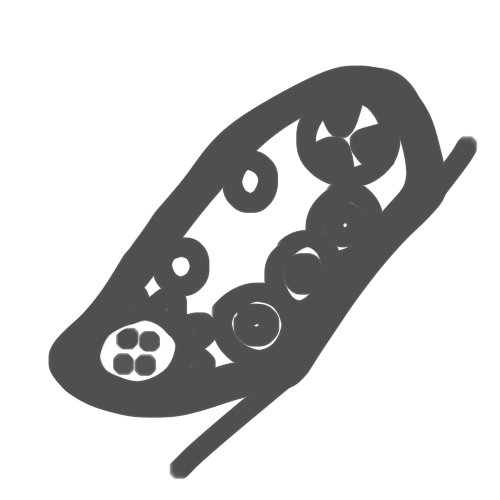
Movement
Initiative (1d10 + Ref) A tank’s initiative score determines how fast it can act in battle. At the beginning of a battle, every involved tank rolls one d10 and adds its Reflexes score to the result. The tanks that rolled the highest act first. xFIELD MANUAL
When you get ambushed, the MM may give you a penalty on your initiative roll. Likewise, if you surprise your opponent(s), you can get a bonus on your roll, if your MM allows it.
Speed (Mob + Str) /2 *10 This attribute indicates how fast your tank can move from one place to another. A tank’s speed is expressed in kilometres per hour during cross-country driving, and metres per round during combat. To determine the Speed score of metres per round and kilometres per hour, add your Mobility score to your Strength score and divide the result by 2 (round down), then multiply by 10.
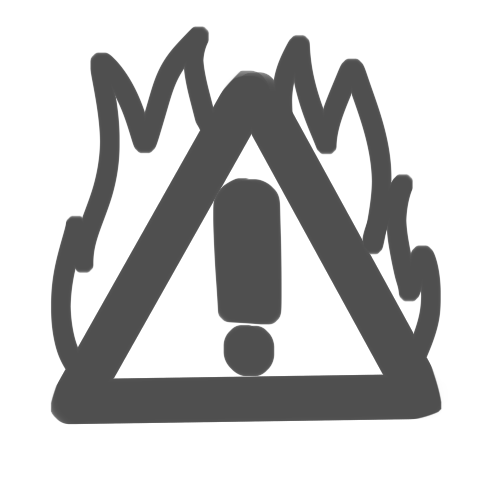
Thresholds
OS Threshold (Ment + Buf) This score is divided into MAX and CURRENT on your character sheet. Use the maximum field to note your original OS Threshold (OST). Your initial OST is determined by adding your Mentality score to your Buffer score. This maximum can be improved through levelling. Your current OST indicates how mentally stable you are at the moment. If your OST is high, you are feeling secure and confident. When it decreases, you start feeling nervous or even fearful. A tank with a current OST of 0 panics. It forgets all discipline and reason. This can result in either simply running away or becoming shell-shocked. See Combat for more info. To restore your current OST to its maximum value, you have to rest. See Repairing and Resting for more info about this process. Alternatively, an ally can attempt to rally you. xx Damage Threshold (Dur + Size) Like OST, the Damage Threshold (DT) has a MAX and CURRENT value. Initially, your maximum DT is determined by adding your Durability score and Size score plus 10. This maximum can be increased by levelling. The maximum DT indicates the tank’s condition when it is in its best shape. The current DT reflects the tank’s current shape. A high current DT means that your tank’s armour is still mostly functional, while a low current DT means that the protection it provides is close to failing. If your current DT falls to 0, your armour is so badly damaged that you are incapacitated. An incapacitated tank is unable to move or act, but can still perceive their surroundings and communicate with other tanks. As long as a tank’s current DT is 0, it remains incapacitated. Only when the current DT becomes 1 or higher again, the tank is no longer incapacitated. DT can be restored by repairs. See Repairing and Resting for more info about this process.FIELD MANUAL
To rally another tank during a battle, a Mentality + Insight check is usually required. You can imagine this as encouraging words or some sort of battle cry – whichever works best to convince your ally to fight on. Keep in mind that a panicked tank is very unlikely to respond to encouragement – by the time its OST has reached 0, it’s probably already too late to intervene! Your MM may give you a penalty on your roll or disallow rallying a panicking tank altogether.
FIELD MANUAL
During a battle, it’s not possible to repair yourself or other tanks, because the process takes a lot more time than is available during the usually hectic events of combat.
SIZE SCORE REFERENCE
Below you can find a reference table of what the Size scores approximately mean in terms of real-world measurements. These are just a general guideline; some characters may have different proportions.Size Score Reference
| Size Score | L/W/H in meters | L/W/H in feet |
|---|---|---|
| 2 or smaller | 5/2/2 | 16.4/6.6/6.6 |
| 3 or 4 | 7/3/3 | 22.11/9.10/9.10 |
| 5 or 6 | 8/4/3 | 26.2/13.1/9.10 |
| 7 or 8 | 9/4/4 | 29.6/13.1/13.1 |
| 9 or above | 10/5/4 | 32.9/16.4/13.1 |

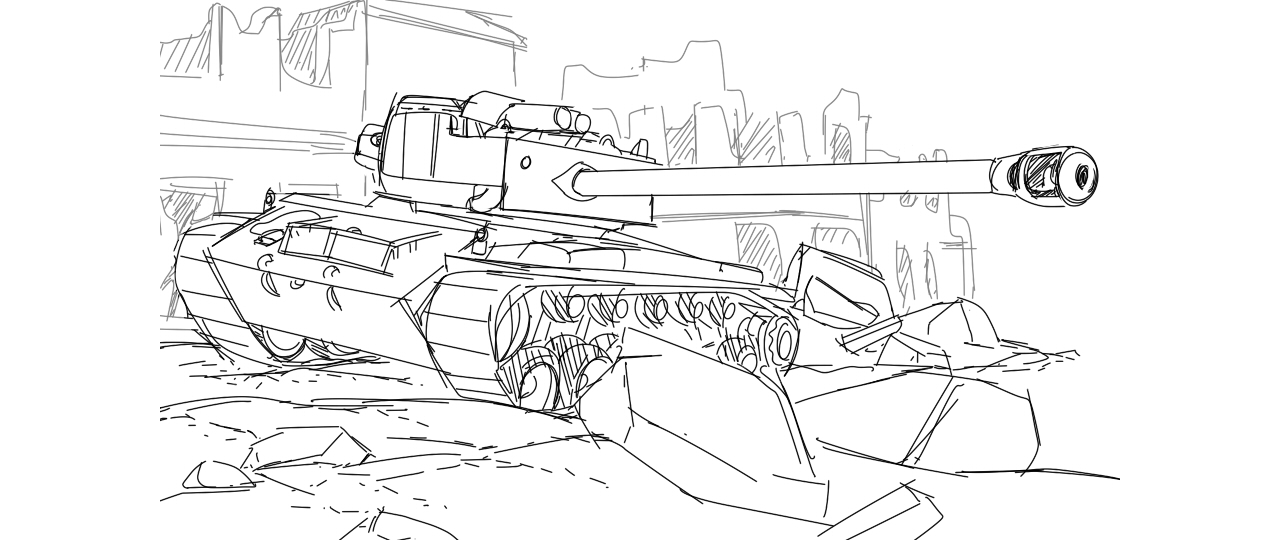

Comments